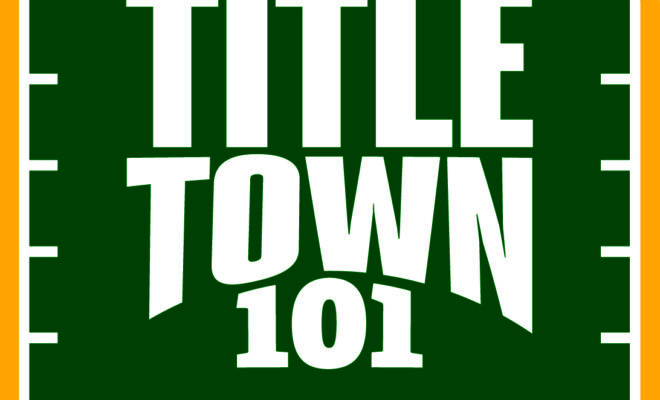Green Bay falls in love with football

By Kris Leonhardt
EDITOR -IN-CHIEF
UW-Green Bay began the inaugural session of its “History of the Green Bay Packers Certificate” program on Sept. 6. The virtual, eight-week, two-hour class allows participants to “uncover the team’s storied history and get an inside look at the Packers Hall of Fame.” Over the next eight weeks, we will provide a glimpse of the class experience through Titletown 101.
“The town team started up in the 1890s here in Green Bay,” Packers Hall of Fame Curator Brent Hensel said during our second class.
“[There’s a quote] from the Green Bay Sunday Gazette. I love this quote because it’s just kind of the irony to it. But, the quote goes ‘Football has received its introduction to Green Bay and henceforth the great iron field will be the meccas of the amusement-loving public until the snow flies.
“So, of course, the last line; it’s pretty fantastic when you think about now football being played in December and January.
“And TV can’t get enough of when there’s snow flying at Lambeau Field in Green Bay.
“So, Green Bay falls in love with football in the area. In the 1890s, Green Bay was really kind of a hard-living town.
“They work hard, they live a hard life and so they’re automatically kind of drawn to these, brutal and bloody contests.
“Football is growing exponentially over the next quarter century in the United States overall. Green Bay, loves it right from the start.”
The first Packers team consisted of all local boys, with 18 of the 25 original players coming from East High School.
Most were fresh out of high school.
Hensel said Nate Abrams was the smallest player, at 5’4” and 145 pounds; Carl Zoll was the heaviest at 5’9” and 215 pounds; and Gus Rosenow was the tallest at 6’ and 170 pounds.
Rosenow, a former West athlete, played at halfback and was missing his left arm from his elbow down.
He later coached and served as a teacher at Green Bay area high schools and later served as a superintendent in Niagara.
In addition to Curly (Lambeau), players had colorful nicknames like Cowboy, Tubby and Dutch.
“In fact, there were a set of cousins on that first team, Dutch Dwyer and Riggy Dwyer,” Hensel said.
Hensel said that the first home field was just a Sandlot.
“There’s no fence, there’s no bleachers; so, there’s no way to charge in mission,” he added.
“So volunteers came; they built the fence. They built the seats that they can sit in.”
The team could now start charging admission to the games.
Read more on in next week’s edition.
For more on the program, visit www.uwgb.edu/certificate-programs/history-of-the-green-bay-packers.






